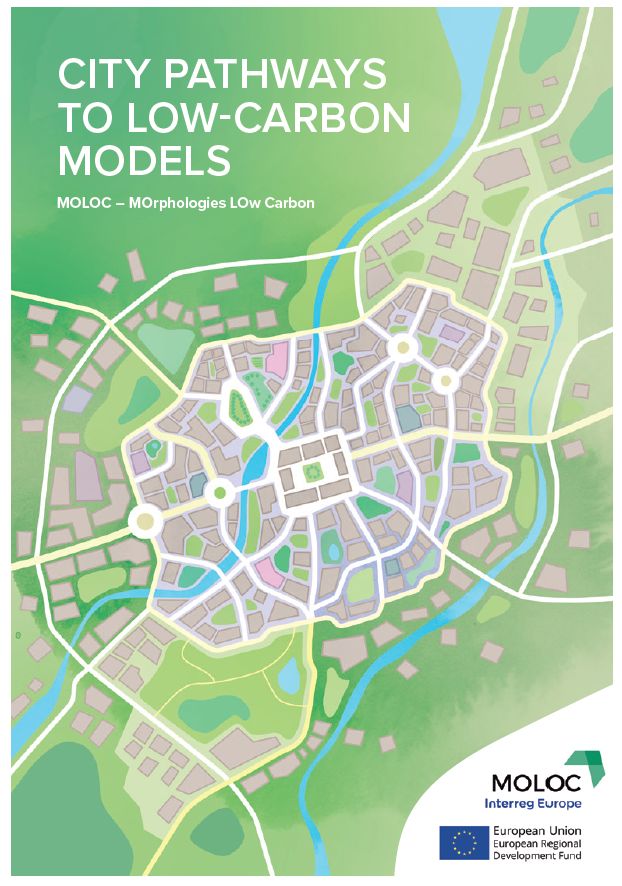European cities are at the forefront of climate actions. They contribute to a large share of global greenhouse gas emissions, but they are also a privileged site for crucial initiatives. The morphology of a city is often inherited from the construction of a city along its history. Municipalities have to adapt this morphology to the current challenges of adaptation to climate change
and energy transition.
MOLOC stands for MOrphologies LOw Carbon1 and explores the brakes that limit the impact of local policies and actions in their ambitions to change current urban morphologies in the light of sustainable development.
The five cities in the MOLOC project (Lille France, Katowice Poland, Hamburg Germany, Turin Italy, Suceava Romania) are diverse and varied in aspects such as scale, culture, geography, legal status, and political organization. There is representation across Europe and across different situations of low-carbon, sustainable orientation. Despite differing languages, cultures and histories of their respective countries and cities, exchange was constant and active among them.

